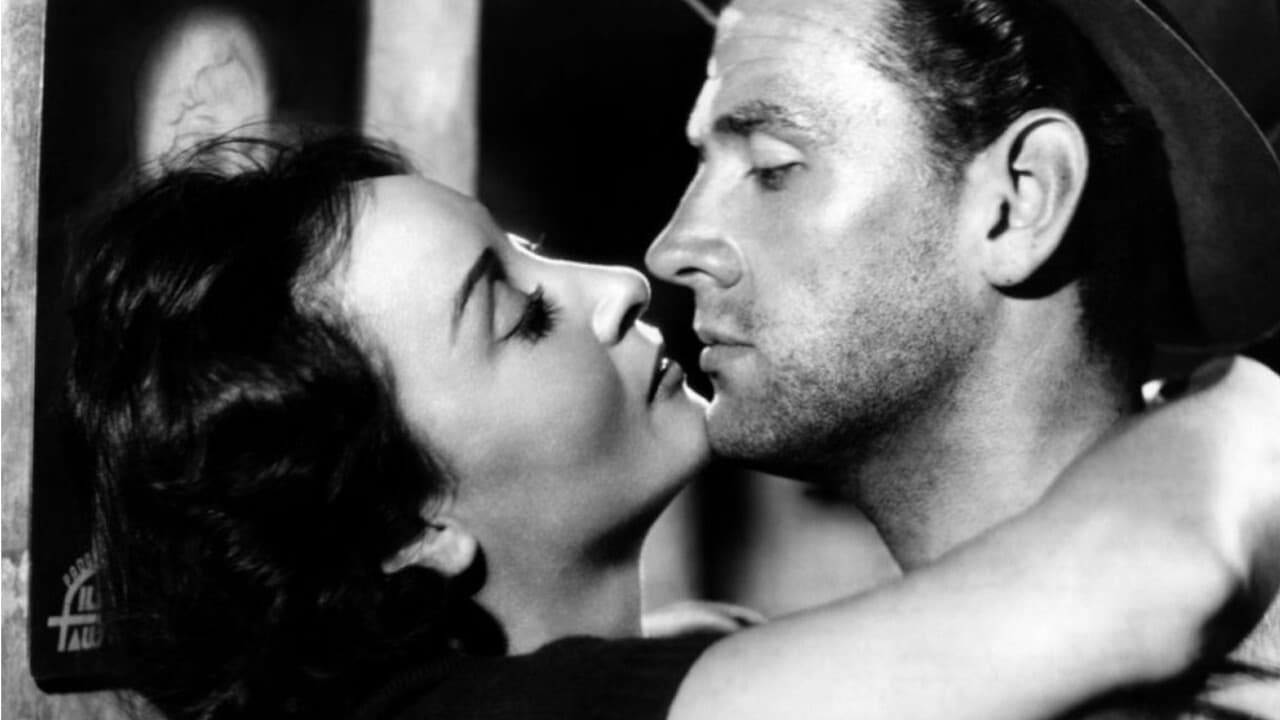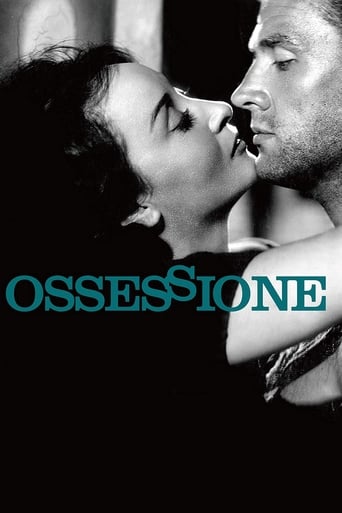



Self-important, over-dramatic, uninspired.
Although it has its amusing moments, in eneral the plot does not convince.
View MoreMostly, the movie is committed to the value of a good time.
View MoreBlistering performances.
With such an encompassing and honest director at the helm, the film set off an entire new manner and means of production. A true harbinger and testament to the effectiveness of simplicity and sensitivity, a story of love and sadness, turns towards a larger question of dynamics and relations. Amidst the barren and dismal plains of a seemingly forgotten place, two people find each other and fight to hold onto each other. Effective camera work, true performances, contrast the works of the time, playing the power of down and stripping all lavish and outlandish methods of editing to focus on the language of blunt and direct shooting. He was ahead of all the others, and after this film, no other film would be made the same way. If anything, modern cinema is captured in this very work, even before the conclusion of an ongoing war that would further set off great changes. An historic piece in itself, aside from an invigorating and enticing story.
View MoreI've always enjoyed the story that spawned two Hollywood adaptations, largely laden with sex, written by James M Cain, both called The Postman Always Rings Twice'. The first film made of it was the French 'Le Dernier Tournament', in 1939.Luchino Visconti's debut feature, here, 'Ossessione' is accredited as being the first of the Italian 'Neorealism' movement. As is widely known, Mussolini's censors banned the film and the Fascists burned the original negative. Visconti saved a print from destruction and may explain why this transfer (the only one?) looks similar to films we usually associate with those of the mid-late 1920's, it being so poor.Not only grainy, it almost pops in and out of focus and has scratches permanently weaving over it. The film flickers with changing amounts of light. The sound isn't much better. Despite all these technical deficiencies it is always hugely watchable and ultimately enjoyable.Unlike those two Hollywood versions, that as I said were sexed-up, Visconti's PG certificate version is a lot more innocent and stops at kissing, which is still quite daring for its time. The rest of the story is filled up to its 140 minutes with Italian life, its people and culture, all vibrantly shot and revealed and so, marks a real contrast with the U.S versions.The three key actors, Massimo Girotti as the handsome drifter (later played by John Garfield & Jack Nicolson), Clara Calamai as the beautiful wife (later, by Lana Turner & Jessica Lange) and Juan de Landa, the husband (later Cecil Kellaway & John Colicos) - are all well cast and play their parts well.Apparently, it was the way that the working-class were portrayed, with loose morals that upset the Fascist censors. Thank goodness this didn't put off Visconti who later went on to make some of the most noted films in Italian film history, such as The Leopard and Death In Venice.
View MoreIn this unauthorized adaptation of James Cain's "The Postman Always Rings Twice," a drifter falls for the wife of the owner of a roadside inn and the two plot to murder him. While the 1946 Hollywood version of the book wisely focuses on the lovers, this Italian version includes subplots involving the drifter's friends that make it drag and go on much too long. Not helping matters is the poor quality of the print, which comes from Visconti himself after the original negative was destroyed. The flickering images make it look more like a silent film than one made in 1943. This is not a bad directorial debut for Visconti, but his screenplay is not only plagiarized but rambling.
View MoreUnhappy people in unhappy circumstances. Gino is a drifter. Not because he has no talent. He is a lost soul looking for an undefined future and is determined to not be tied to anything until he finds his personal nirvana. Giovanna wants the security of being settled, but is unhappy with the man who made it possible. She too, is a lost soul in search of an undefined future. With only passion as a common denominator, they cast their lots with each other and start in motion a chain of events that brings none of the joys anticipated.Don't expect this movie to be a study of life in WWII Italy. Though made during the war, it is never an issue. Indeed, with the prevalence of young men throughout the movie, it is more likely an image of pre-war Italy. And although some reviewers speak of subtle references to homosexuality, such is unnecessary in describing the Spaniard. Identical scenes in American Westerns are understood to be simply friendship and the necessities of circumstance, i.e., one bed and two people in need of sleep.Every nuance of the movie hinges upon the passion of Gino and Giovanna, complicated by his desire to be going somewhere, anywhere, and her desire to remain settled. It's a traumatic but absorbing ride, even with the distraction of reading sub-titles.
View More